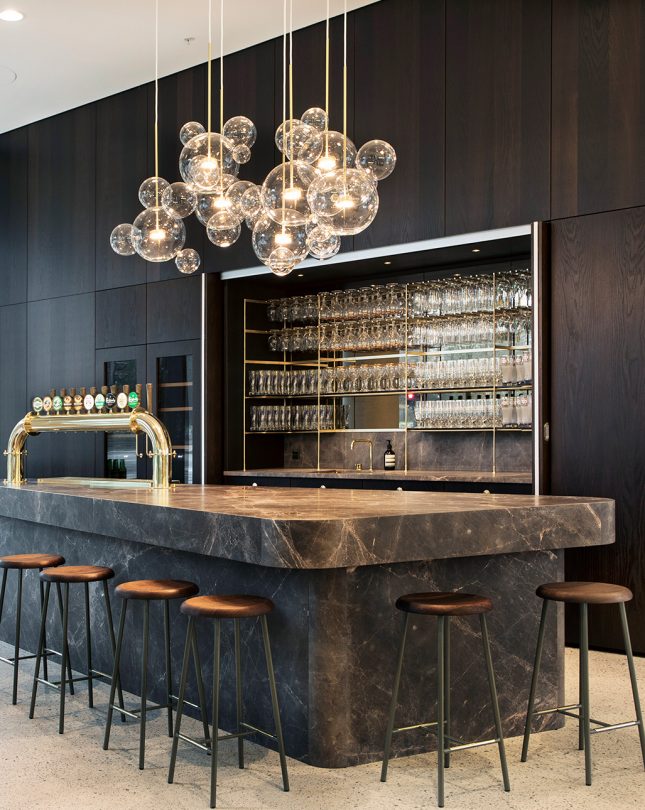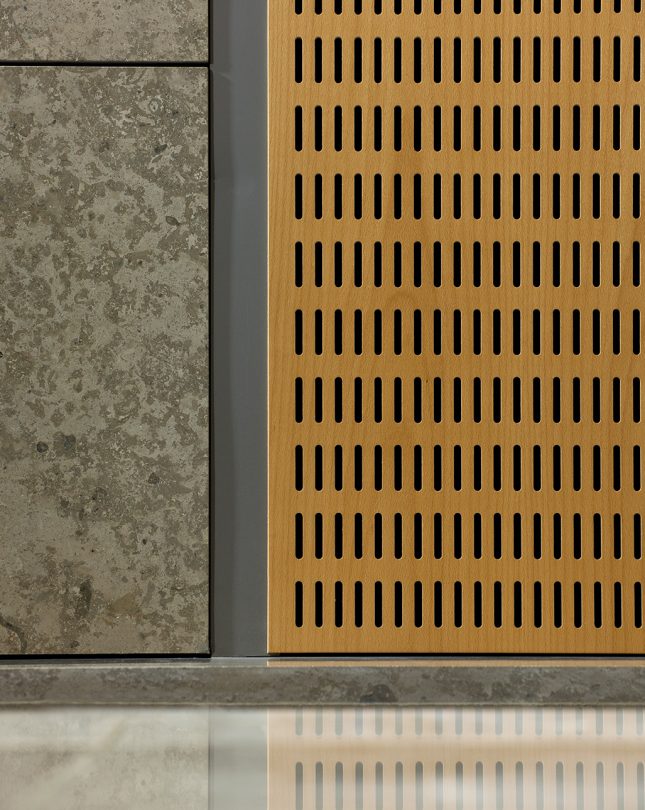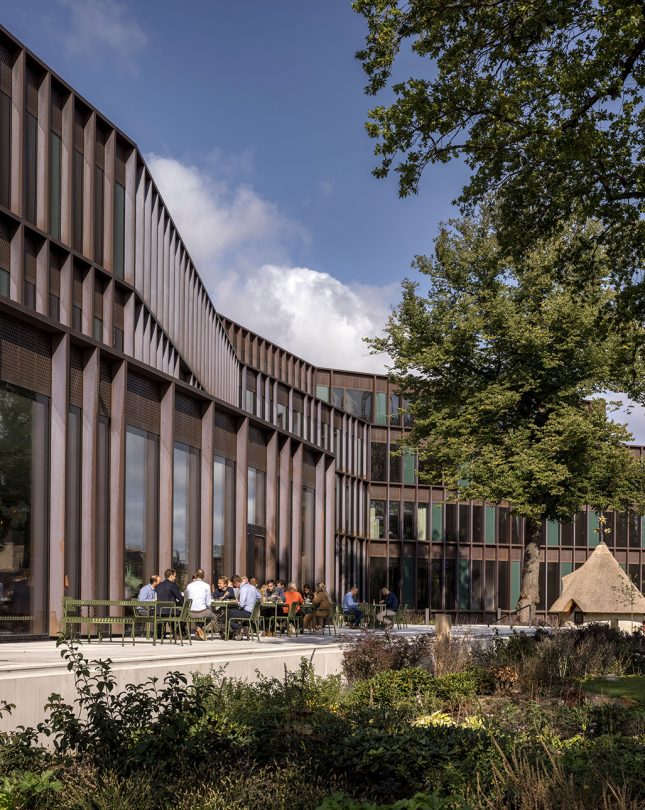Our latest news and views English
Underpinned by our Scandinavian design heritage, we bring you regular stories about architecture and interiors, exploring natural materials, acoustics, and the creation of safe and harmonious environments.

We’re continuing our conversations about building materials, and this time we’re chatting to Ola Jonsson, Associate Partner at C.F. Møller in Sweden, one of Scandinavia’s leading architectural firms. The practice is active worldwide, integrating architecture, product design, interiors, landscape design and urban planning. Their projects span all sectors, and they are well known for their expertise in healthcare design.
The concept of architecture has kept pace alongside our ever-changing digital world. However, Jonsson starts our conversation by pointing out that its purpose has very much remained the same since the 1920s, when C.F. Møller Architects was founded. Architecture is a craft where design and materials combine to create better environments. We asked Jonsson to tell us about his three favourite building materials and here’s what he had to say.
The first choice is an obvious one for Jonsson. Throughout much of his career, he has been researching sustainable timber construction and architecture. He says, “Wood can be so many things, it can be a structural element as well as a material for interiors. It’s incredibly versatile.” He also explains how working with an organic material such as wood brings an additional level of interest to a project: “Not only is wood so multifaceted, but it’s different from a man-made ‘dead’ material in that it has a life cycle and changes over time.”
Jonsson points to wood’s sustainability credentials, and explains, “Wood is also the most obvious choice for me in terms of building materials, because it contributes to the future of humankind. It’s clear that the role of the architect now encompasses global issues too; material selection is closely linked to the climate crisis.”


Jonsson says his second favourite building materials are the ones that end up being designed out of a project. In other words: the materials that we can avoid using. He explains, “By designing with resource-efficiency at the forefront of our minds, we can create buildings that are structurally sound, beautiful and fit for purpose – whilst using as few materials as possible.”
Jonsson points out that this also includes being open-minded with the material selection process, and understanding that to achieve our goals, we need to focus not only on sustainable materials, but also on how we use them. “Sometimes efficiency can take the form of hybrid solutions; for example wood in combination with other materials. And allowing materials to be visible in their raw state, rather than covering them with more elements.”
Reusing existing materials should be the starting point for all projects according to Jonsson. Whether it’s elements that are already on site, or salvaged from other buildings, everything should ideally be given a new life. He explains, “One of the benefits of offering integrated services as a practice is that we can reuse materials across all disciplines; architecture, interiors, and landscaping, for example. We take a ‘patchwork’ approach, sometimes even using leftovers from other projects.”
However, this is no easy feat, especially given planning constraints, “The issue is that we can’t always specify in advance how the final design is going to look when we’re including reused building materials: it depends on what’s available to us at that time.” That said, one success story is the recycled copper on the facade of the Carlsberg Central Office, in Copenhagen. “There was some resistance to that, but we did it and it looks great!”
Jonsson argues that perhaps there has to be some aesthetic compromises, “I think it’s possible to change our idea of what architecture can be; perhaps it can be less formal? By increasingly specifying reused materials, you might end up with facades that look and feel differently, which in turn might affect behaviours; how we act and want to act in our built environment, bringing with it more positive change.”
